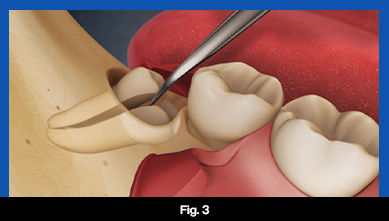Tooth Extraction
What is Tooth Extraction?
A tooth extraction is a dental procedure which involves removal of a tooth from its socket in the jawbone and gum. A tooth needs to be extracted in case of disease, trauma, or crowding. When repairing the tooth fails due to damage or extensive decay, then extraction is the best choice. People with periodontal diseases not supported by adequate bone are also a candidate for surgical extraction. An infected tooth which is not responding to the root canal treatment is also needed to be extracted.
The procedure is performed by a dentist or oral surgeon using specialized instruments.
Types of Tooth Extractions?
There are two types of tooth extractions: Simple and Surgical.
Simple Extraction: This is used for visible teeth that are easily accessible. The dentist uses specialized instruments to gently loosen and remove the tooth from its socket and most are usually done under a local anesthetic, with or without anti-anxiety medications or sedation.


Surgical Extraction: This is used for more complex cases, such as severely broken tooth, cracked or fragile tooth, teeth with curved or long roots, teeth that cannot easily be seen or reached in the mouth, either because they have broken off at the gum line or they have not fully erupted, wisdom tooth removal or impacted teeth.
These are performed by Dentists or Oral Surgeons which require some type of surgical procedure, such as bone removal, removing and/or lifting and folding back all or part of the gum tissue to expose the tooth, or breaking the tooth into pieces (called tooth sectioning). Surgical extractions can be done with local anesthesia and/or conscious sedation. Patients with special medical conditions and young children may receive general anesthesia.
After the extraction, the dentist or oral surgeon provides post-operative care instructions to ensure proper healing.





Get In Touch With Us
Helpline Numbers
+91 93698 02912
+91 90449 17050
+91 90449 17050
Email us
Info@pearldentlko.com
